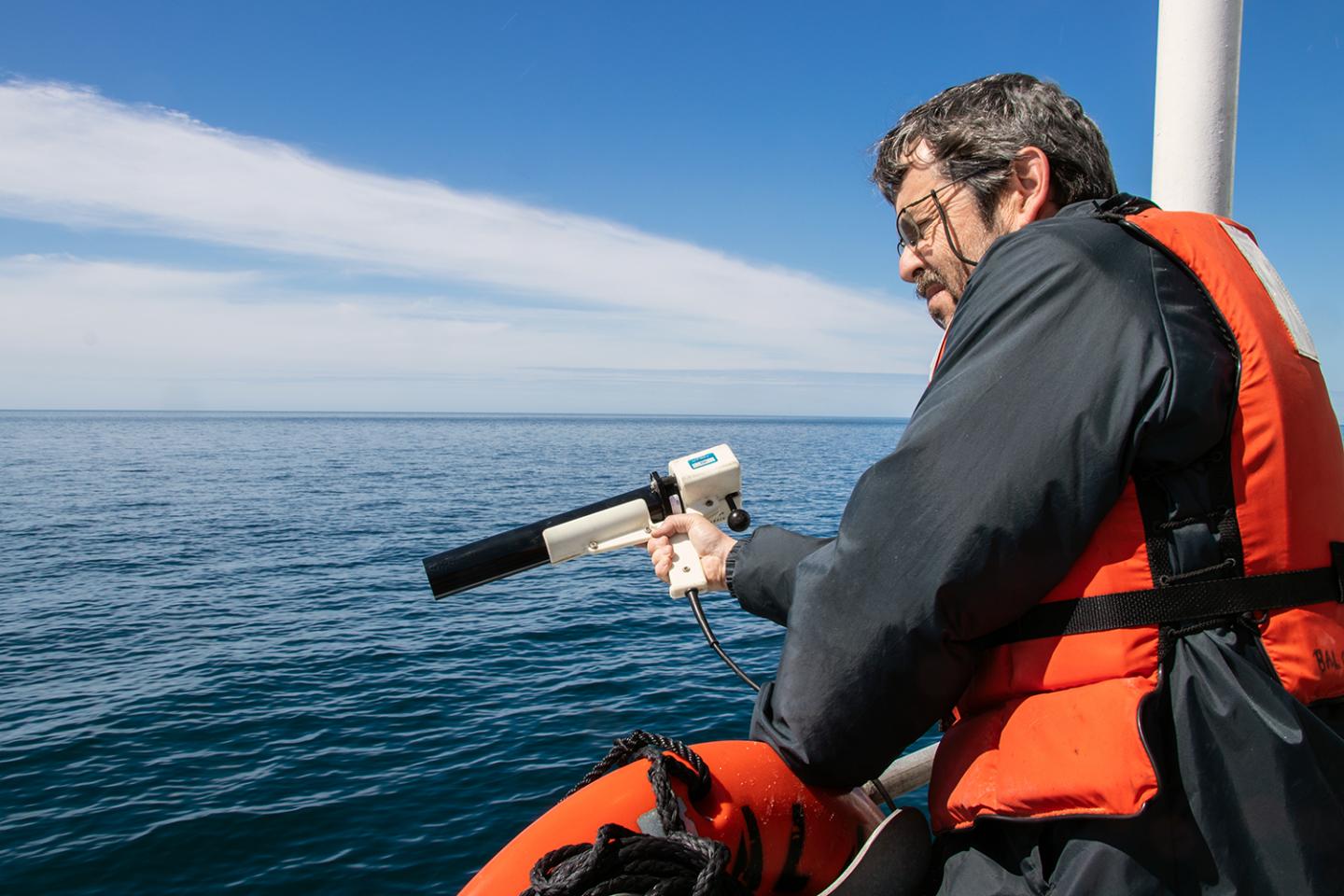In addition to support autonomous driving technology, LiDAR is also adopted for scientists to reach deeper into the underwater world. A research published in Applied Optics presented an approach to detect algae and measure key properties using LiDAR, which reached deeper than has been typically possible using satellites.

(Image: Bigelow Laboratory for Ocean Sciences)
"The LiDAR approach has the potential to fill some important gaps in our ability to measure ocean biology from space," said Collister, a PhD student at Old Dominion University. "This technique will shed new light on the distribution of biology in the upper oceans, and allow us to better understand their role in Earth's climate."
The research team used LiDAR to detect and measure the surrounding environment of the Gulf of Maine in the U.S. The technology enabled them to observe a special biological situation of the environment, the largest bloom of a certain algae in 30 years.
The research team also tested this approach in ocean environments that included the clear depths of the Sargasso Sea and the turbid waters off the coast of New York City. They found it to be effective across these diverse environments. LiDAR systems can probe the ocean up to three times deeper than passive satellite remote sensing techniques that rely on the sun. Further research may establish approaches that allow LiDAR measurements to be taken by satellites, as well.












